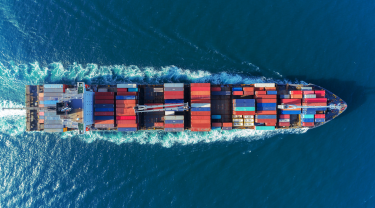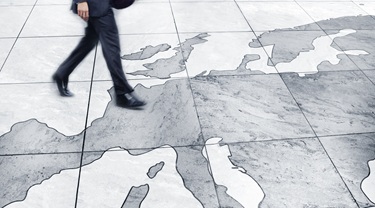
Global Financial Markets
Keep track of the international markets that matter to your business. Get the latest financial and macroeconomic information for both developed and emerging markets.

Keep track of the international markets that matter to your business. Get the latest financial and macroeconomic information for both developed and emerging markets.
Commodity prices can impact exporting, global trade and your business, so it’s important to be prepared for the challenges ahead.

Discover how EDC’s financing solutions help Canadian companies expand internationally.

LH Home, a Canadian furniture importer and distributor, adapts to tariffs and supply chain challenges to grow in U.S. and Mexican markets.

R&D investment is key to Canadian exporters’ competitiveness, diversification and global growth.

Get the insights you need to plan your export strategy with confidence—backed by the latest economic trends.

Explore how tariffs work, who pays them and if they’ll affect your sales.

Canadian firms adapt cross-border M&A amid U.S. economic and trade policy uncertainty.

EDC interactive tool offers economic insights on Canada’s Top 75 trading partners.

Learn how Canadian exporters can recover duties and improve profitability.